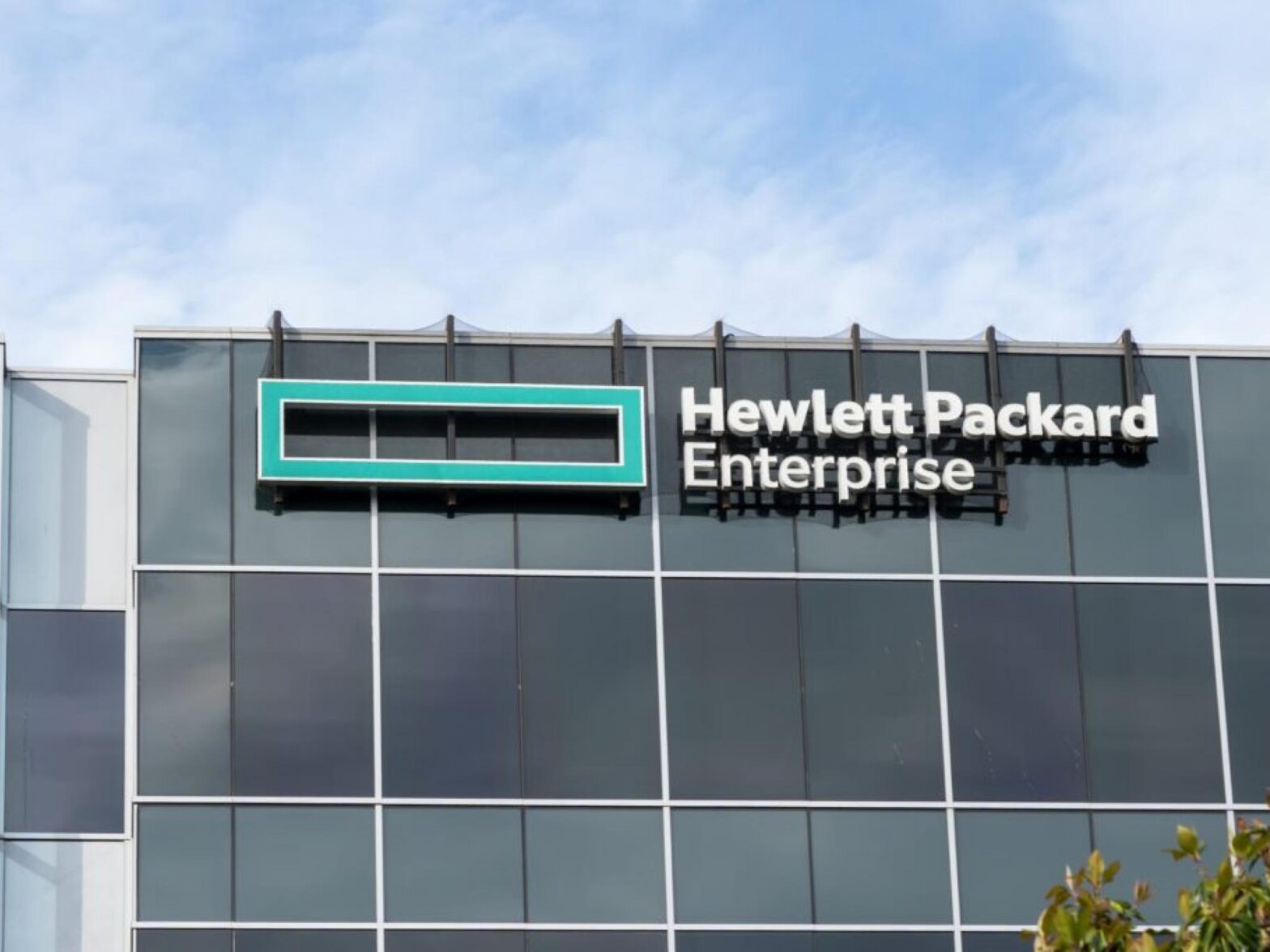JPMorgan Chase & Co. (NYSE:JPM) will release its first-quarter financial results before the opening bell on Friday, April 11.
Analysts expect the bank to report quarterly earnings at $4.64 per share, up from $4.44 per share in the year-ago period. JPMorgan projects quarterly revenue of $44.14 billion, compared to $41.93 billion a year earlier, according to data from Benzinga Pro.
JPMorgan Chase CEO Jamie Dimon warned on Wednesday that escalating U.S.-China trade tensions have significantly increased the risk of a recession after President Donald Trump’s tariff policies destabilized financial markets.
With the recent buzz around JPMorgan, some investors may be eyeing potential gains from the company’s dividends, too. As of now, JPMorgan offers an annual dividend yield of 2.66%, which is a quarterly dividend amount of $1.40 per share ($5.60 a year).
To figure out how to earn $500 monthly from JPMorgan, we start with the yearly target of $6,000 ($500 x 12 months).
Next, we take this amount and divide it by JPMorgan’s $5.60 dividend: $6,000 / $5.60 = 1,071 shares.
So, an investor would need to own approximately $250,978 worth of JPMorgan, or 1,071 shares to generate a monthly dividend income of $500.
Assuming a more conservative goal of $100 monthly ($1,200 annually), we do the same calculation: $1,200 / $5.60 = 214 shares, or $50,149 to generate a monthly dividend income of $100.
Note that dividend yield can change on a rolling basis, as the dividend payment and the stock price both fluctuate over time.
The dividend yield is calculated by dividing the annual dividend payment by the current stock price. As the stock price changes, the dividend yield will also change.
For example, if a stock pays an annual dividend of $2 and its current price is $50, its dividend yield would be 4%. However, if the stock price increases to $60, the dividend yield would decrease to 3.33% ($2/$60).
Conversely, if the stock price decreases to $40, the dividend yield would increase to 5% ($2/$40).
Further, the dividend payment itself can also change over time, which can impact the dividend yield. If a company increases its dividend payment, the dividend yield will increase even if the stock price remains the same. Similarly, if a company decreases its dividend payment, the dividend yield will decrease.
JPM Price Action: Shares of JPMorgan gained by 8.1% to close at $234.34 on Wednesday.
Read More:
Photo: Shutterstock






